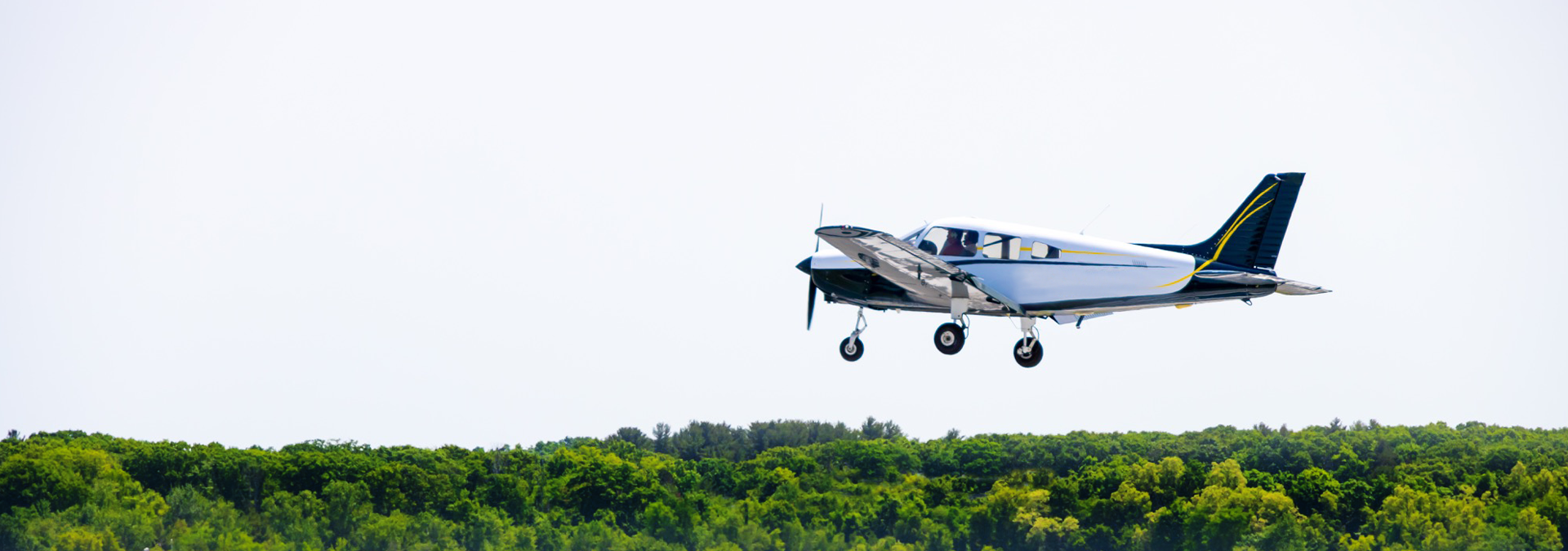
Noise Abatement
Hanscom Field Noise Abatement
Fly Safe, Fly Friendly
Massport has partnered with the local community, aviation groups, and Minute Man National Historical Park (MMNHP) to establish a noise abatement program for various types of aircraft operating at Hanscom Field. The program, known as Fly Friendly, promotes safe and quiet flying techniques while addressing noise concerns at the airfield.
To reduce noise levels in and around Hanscom Field, Massport has adopted the noise abatement guidelines published by the National Business Aviation Association and the noise reduction recommendations of the Aircraft Owners and Pilots Association. Furthermore, Massport has developed specific procedures for helicopters, and recently implemented touch-and-go procedures that contribute to noise reduction over MMNHP.
Noise Reduction Efforts
To support our goal of minimizing aircraft noise over residential areas and MMNHP, Massport produces and distributes Jeppesen Manual inserts outlining voluntary noise abatement procedures for:
Other noise reduction efforts include regulations that prohibit touch-and-go activity between 11:00 PM and 7:00 AM, prohibit touch-and-go activity by aircraft weighing over 12,500 pounds, and prohibit activity by Stage 1 aircraft over 12,500 pounds. These rules also include a fee for 11:00 PM to 7:00 AM operations.
These initiatives demonstrate Massport's commitment to working collaboratively to address noise concerns and promote responsible aviation practices at Hanscom Field.
Contact
For additional information on Hanscom Field’s noise abatement program, please call 781-869-8050.